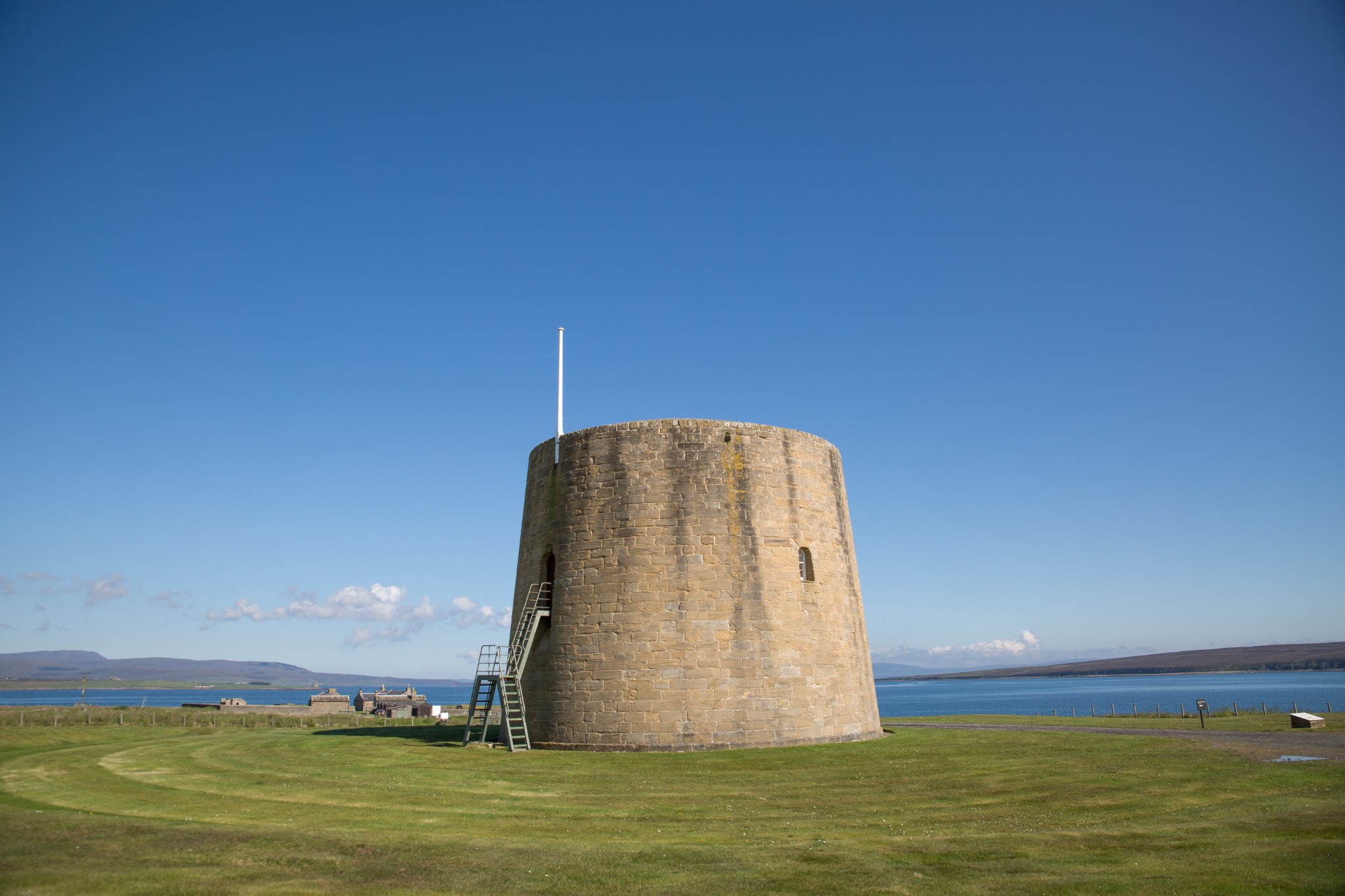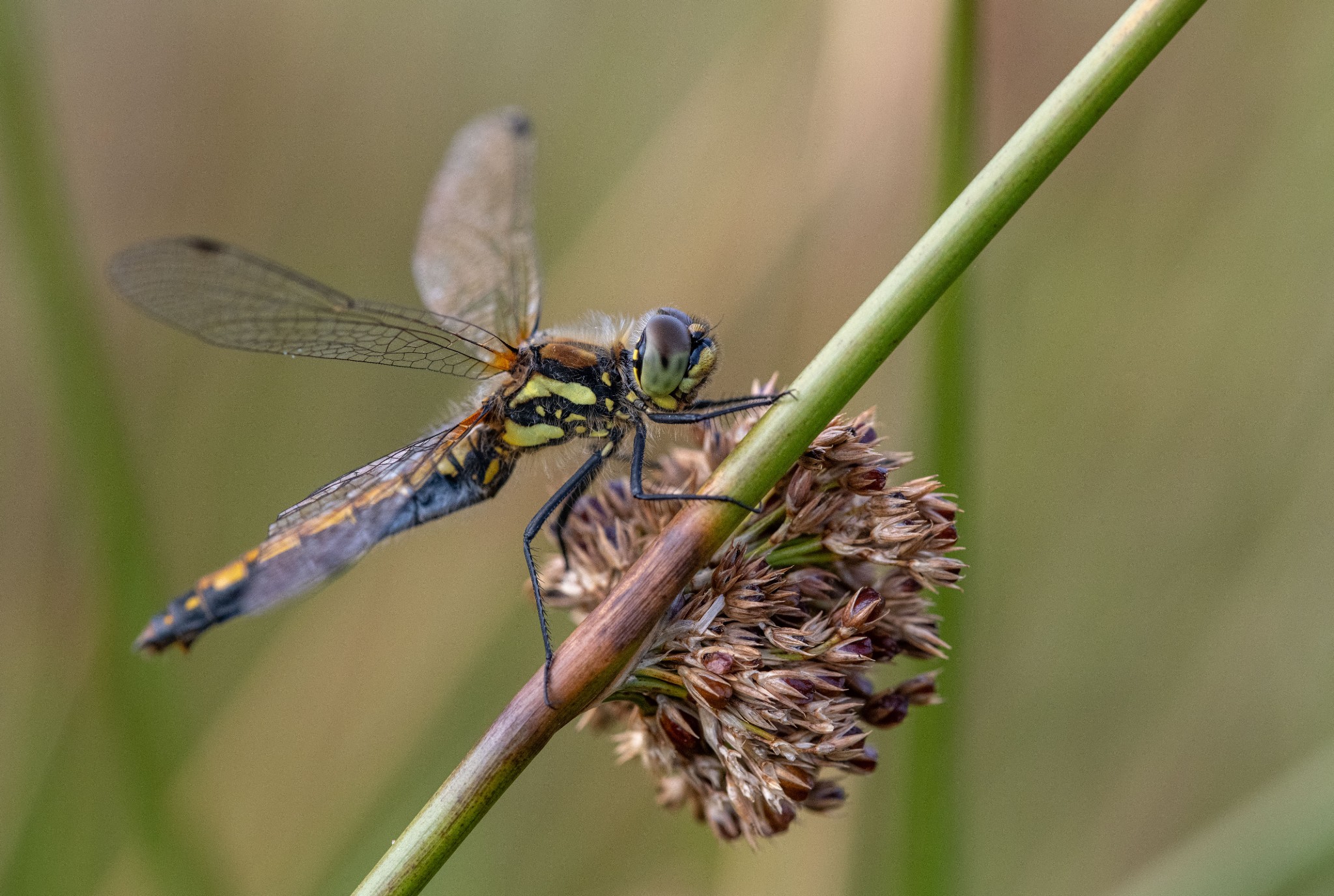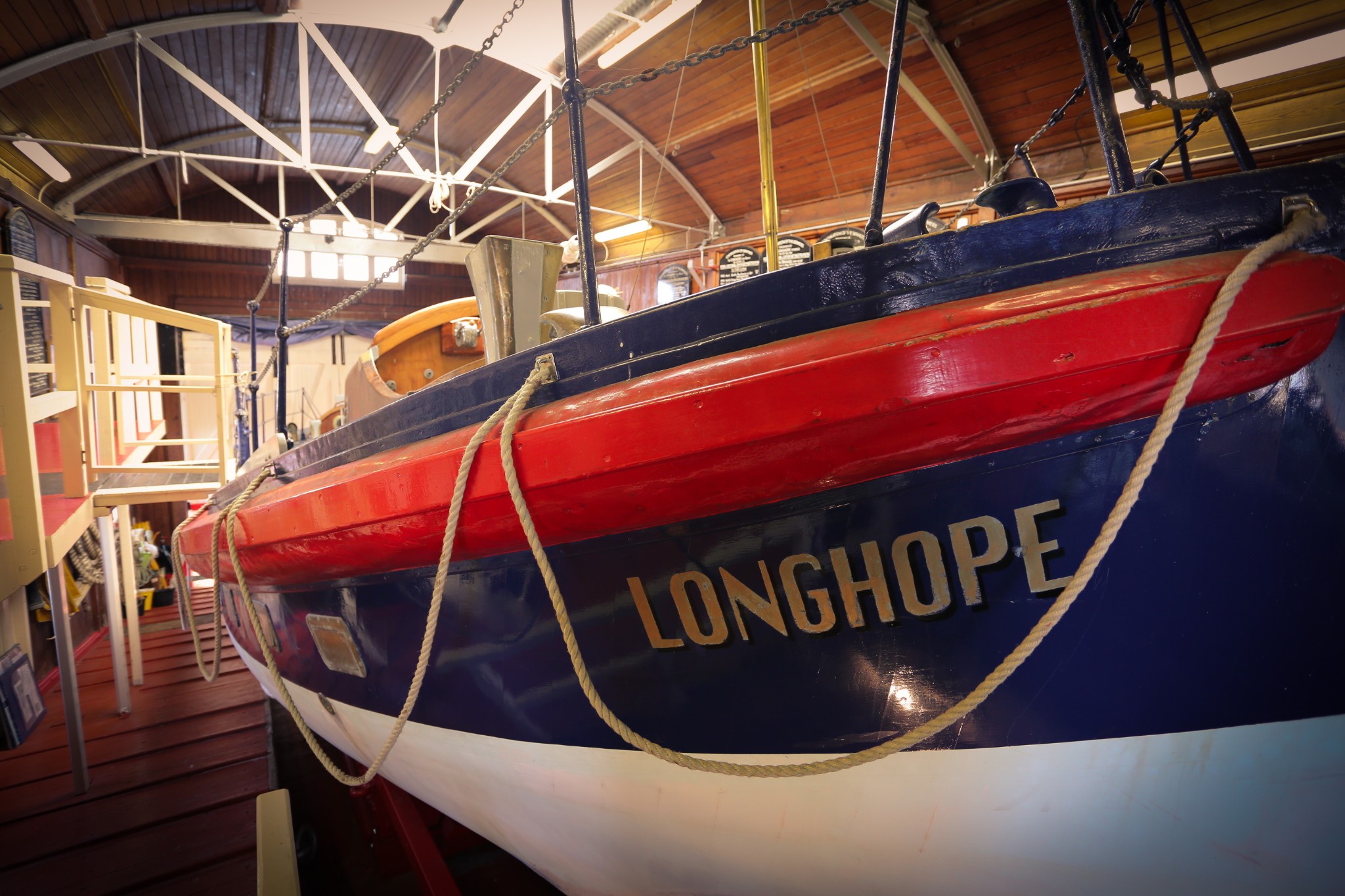The challenge of planning a visit to Hoy is trying figure out how you’re going to see it all. Orkney’s second largest island certainly packs a lot in to its wild and dramatic landscape.
Many visitors schedule a single day in Hoy and try and tick off as may sites as possible, with a trip to Rackwick and a walk to the Old Man of Hoy always at the top of the list.
But there’s so much more to see here that even two or three days might not be enough. Here are our recommendations on some of Hoy’s other attractions that you shouldn’t miss.
Hoy was home to the Royal Navy’s Grand Fleet during World War I and World War II and you can spot the remains of military buildings across the island. The newly-refurbished Scapa Flow Museum at Lyness tells the story of the Flow during both conflicts, as well as how the arrival of thousands of servicemen and women impacted lives in Orkney.
Nearby, the Lyness Naval Cemetery is the final resting place of more than 600 men from both World Wars, including German Navy sailors and airmen. The beautiful setting is maintained by the dedicated team at the Commonwealth War Graves Commission.
Further north, there’s a fabulous viewpoint at Lyrawa Hill that offers a stunning vista across Scapa Flow. Below on the coastline you’ll spot the remains of the World War II gun battery at Scad Head, a vital part of the infamous ‘Scapa barrage’ that defended the Flow and Royal Navy ships from enemy attack. You can walk to the battery along a steep trail which includes part of an old wartime tramway track. The battery is now an imposing ruin (don’t be tempted to explore inside as Orkney’s wartime buildings are in an increasingly fragile state of repair) but you can still get a sense of the scale of the operation here.
Our final must-see wartime site in Hoy is actually across the causeway in South Walls, and it has nothing to do with the First or Second World Wars. The Hackness Martello Tower and Battery was built in the early 1800s to protect British convoys during the Napoleonic Wars, with French and American warships often attacking merchant shipping using the Pentland Firth. Fascinating tours of the buildings are available during the summer months.
Hoy is home to a wild landscape unlike anywhere else in Orkney. There are huge hills covered in heather and a relatively unexplored interior made up of vast moorland. It’s the perfect place for some stunning wildlife highlights.
In recent years, white-tailed eagles have nested in the crags high above the Dwarfie Stane, successfully raising chicks. There are golden eagles in the area nowadays too. It’s definitely worth keeping your eyes on the sky if you’ve visiting the north end of the island.
Hoy is the only place in Orkney where you’ll find mountain hares, with their dusty white coats standing out on the hillsides during the winter months. Unfortunately for them, with so many eagles in the area, there isn’t usually too much snow to help them blend then, but it does make it easier for us to spot them. The island is also a perfect place to see beautiful dragonflies and damselflies. These delicate creatures can be found in ponds and burns across Hoy.
The RSPB’s Hoy Nature Reserve is full of highlights, including fulmars, puffins, red-throated divers, great skuas, hen harriers and stonechats. There’s also the ancient woodland at Berriedale – the most northerly native woodland in the UK - to explore.
In South Walls, don’t miss a walk through the Hill of White Hamars Nature Reserve. Here you’ll be captivated by the craggy coastline, and inland you’ll find a carpet of wildflowers during the spring and summer, with the chance to find the tiny Scottish primrose too.
Although it doesn’t have the archaeological attractions you can find across the rest of Orkney, there’s still a lot of history in Hoy and South Walls.
The Hoy Heritage Centre at the Hoy Kirk is a great place to start. The old kirk above the pier at Moaness is full of exhibitions and displays about the island’s history and heritage, and is home to a community archive too.
There’s definitely a sense of days gone by at Rackwick, and the tiny Cra’as Nest Museum, a collection of restored buildings, showcases how life would have been here generations ago.
The Dwarfie Stane remains one of Orkney’s most enigmatic sites. It’s thought to be the only prehistoric rock-cut chambered tomb in the UK and is made from a huge slab of rock left behind by retreating glaciers at the end of the last Ice Age. Inside you'll find two bed-style sections, and the tomb itself was still sealed by the huge slab of sandstone found adjacent to the entrance until the 16th century. Another curiosity is the Arabic carving found on the south side, left by Victorian traveller, Major William Mouncey. It reads 'I have sat for two nights and have found peace'. It’s truly one of Orkney’s more mysterious locations.
South Walls is home to the Longhope Lifeboat Museum which highlights the bravery and sacrifice of the volunteer crews of the Longhope Lifeboat and their community. The village’s name was broadcast around the world in 1969 when the local lifeboat was lost during an operation in the wild seas of the Pentland Firth, with the loss of the entire crew of eight. The museum explores the story of the tragedy, and the wider tale of lifeboat service in Longhope. The island’s Osmondwall Cemetery is home to the Longhope Lifeboat Disaster Memorial and is a poignant place to pay your respects to the brave crew.


